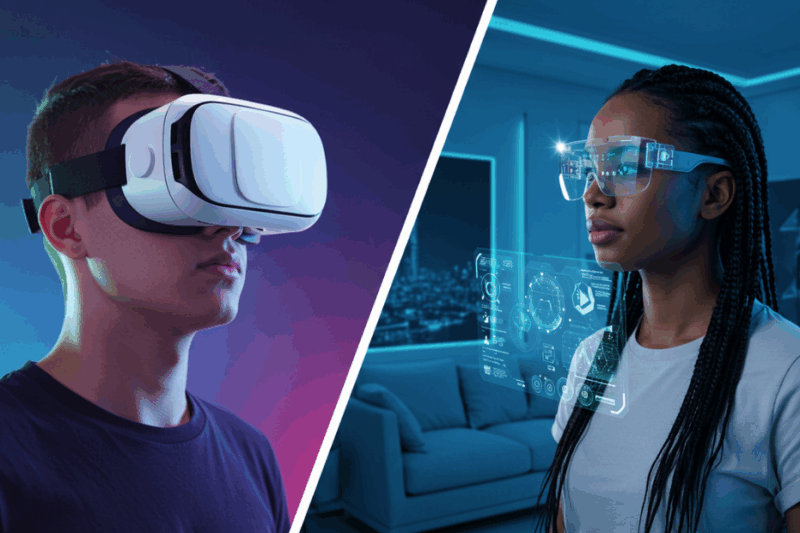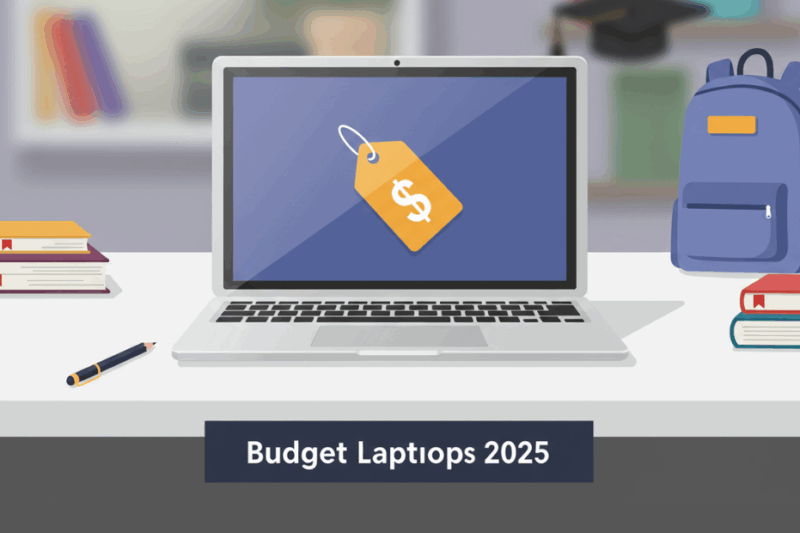In the 21st century, technology has become an integral part of our daily lives, transforming industries and reshaping how we interact with the world. Education, a cornerstone of societal progress, has not been immune to these changes. The role of technology in modern education has evolved rapidly, making learning more accessible, engaging, and efficient for students and educators alike.

Enhancing Accessibility
One of the most significant contributions of technology to education is its ability to break down barriers to access. Online learning platforms, virtual classrooms, and digital resources have made it possible for students from remote or underserved areas to access quality education. For instance, Massive Open Online Courses (MOOCs) offered by platforms like Coursera, edX, and Khan Academy provide free or affordable courses from prestigious institutions to learners worldwide.
Moreover, assistive technologies have revolutionized education for students with disabilities. Tools such as screen readers, speech-to-text software, and adaptive learning devices empower students with visual, auditory, or motor impairments to engage with educational content on an equal footing with their peers.
Transforming Teaching Methods
Technology has also transformed traditional teaching methods. Interactive whiteboards, multimedia presentations, and educational apps allow teachers to create dynamic and visually appealing lessons that cater to various learning styles. For example, visual learners can benefit from videos and infographics, while kinesthetic learners can engage with hands-on simulations or virtual labs.
The use of artificial intelligence (AI) in education has further enhanced teaching methods. AI-powered tools like personalized learning platforms analyze students’ progress and adapt the curriculum to their individual needs. This ensures that each student receives tailored support, whether they are struggling with a concept or excelling beyond their grade level.
Encouraging Collaboration and Communication
Technology has redefined how students and teachers communicate and collaborate. Digital tools such as Google Classroom, Microsoft Teams, and Zoom facilitate seamless communication between educators and students, even in remote learning environments. These platforms enable real-time feedback, discussions, and group projects, fostering a sense of community despite physical distances.
Social media and online forums also provide opportunities for students to connect with peers and experts from around the globe. Collaborative tools like shared documents and cloud-based storage make group projects more efficient, allowing students to work together regardless of location.
Promoting Lifelong Learning
In a rapidly changing world, the need for continuous learning has never been more critical. Technology supports lifelong learning by providing access to a wealth of online resources, from academic journals to instructional videos. Professionals can upskill or reskill through online certification programs or webinars, staying relevant in their fields without disrupting their work-life balance.
Additionally, gamification in education—using game elements like rewards, challenges, and leaderboards—has made learning more engaging for people of all ages. Apps like Duolingo for language learning or Codeacademy for programming demonstrate how technology can turn education into an enjoyable lifelong pursuit.
Challenges and Considerations
Despite its many benefits, the integration of technology in education comes with challenges. The digital divide remains a significant issue, as not all students have equal access to devices or reliable internet connections. This disparity can exacerbate existing inequalities in education.
Furthermore, the overuse of technology in classrooms may lead to reduced face-to-face interactions and over-reliance on digital tools. Educators must strike a balance between leveraging technology and fostering critical thinking, creativity, and interpersonal skills.
Data privacy is another concern. With the increasing use of online platforms and AI tools in education, safeguarding students’ personal information is paramount. Schools and institutions must implement robust cybersecurity measures to protect sensitive data.
Conclusion
The role of technology in modern education is undeniably transformative. It has made learning more accessible, personalized, and engaging while equipping students with the skills needed for the digital age. However, it is essential to address the challenges associated with its implementation to ensure that all learners benefit equally.
As technology continues to evolve, so too will its impact on education. By embracing innovation while remaining mindful of its limitations, we can create a future where technology serves as a powerful ally in shaping a more inclusive and effective educational landscape.


